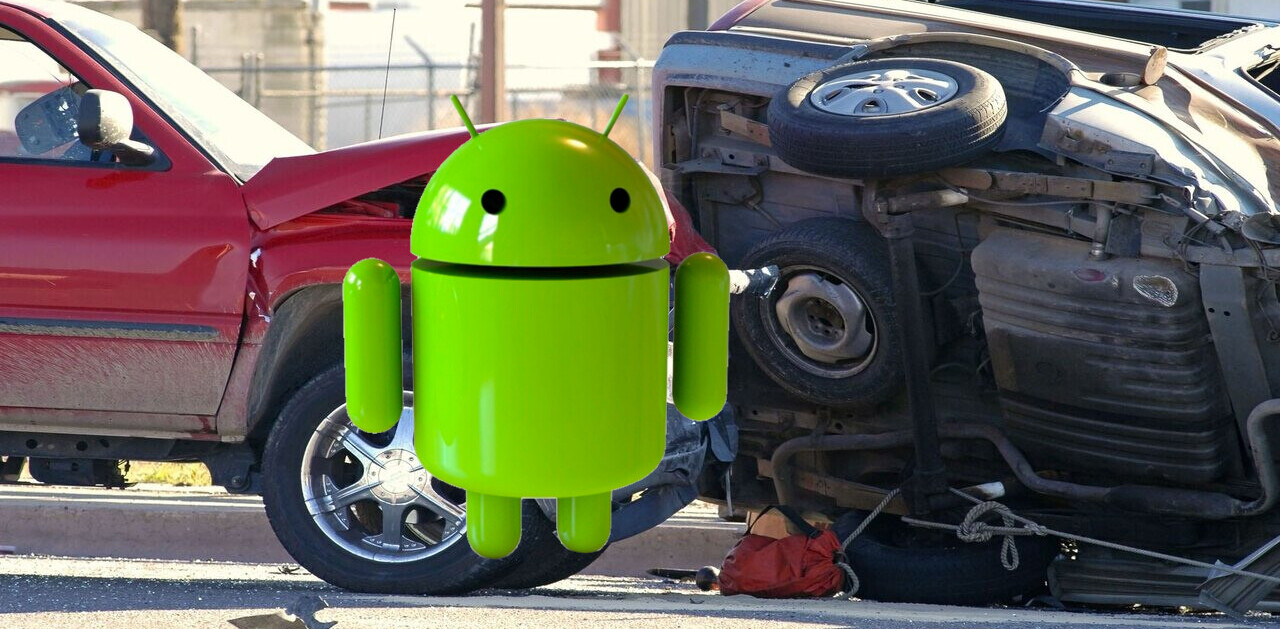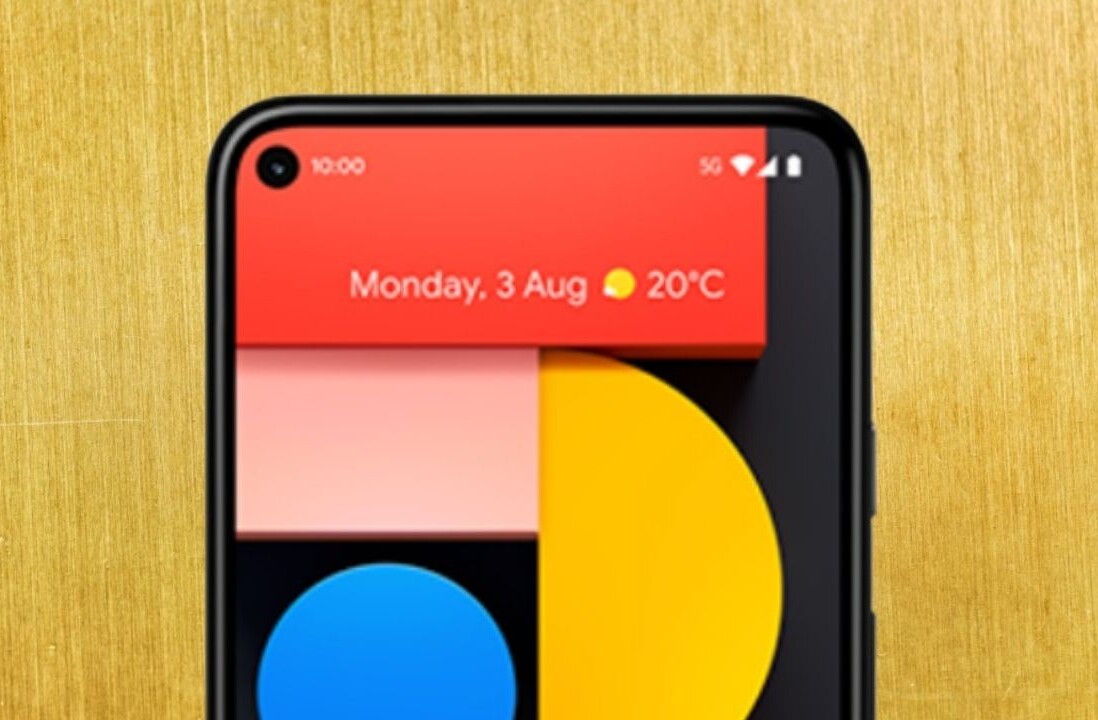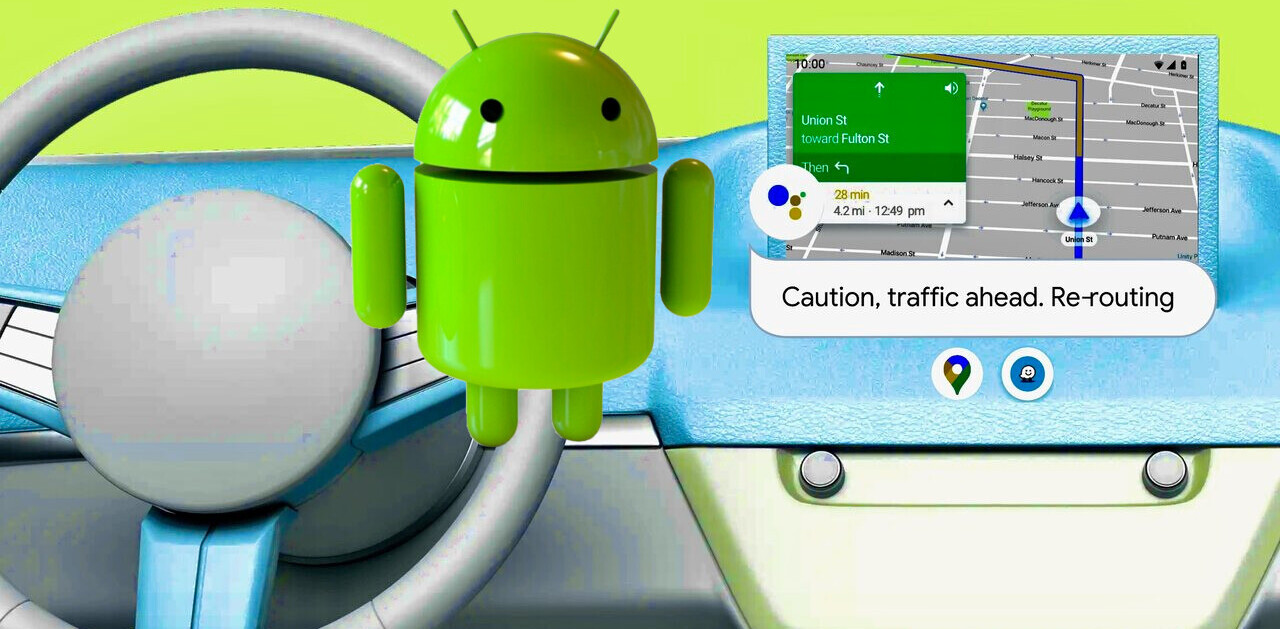
It’s been twenty months since we went hands-on with Nike’s first FuelBand, and despite assumptions at the time that the accompanying FuelBand app would land on Android in the not-too-distant future, the activity-tracking wristband remains compatible with iOS for now, even as we approach the brand new FuelBand launch next week.
For many, this glaring omission in Nike’s technological armory is astounding given that, well, Android represents somewhere in the region of 80% of the smartphone market. Even though we do acknowledge that a significant chunk of the Android market constitutes lower-end devices, it’s surely commercial suicide to ignore such a dominant platform for so long?
During a chat with Stefan Olander, VP of Digital Sport at Nike, earlier today, we were keen for the company to elaborate on its previous statements around being committed to iOS and the Web. For example, it has said before:
“To deliver the best experience for all Nike+ FuelBand users, we are focusing on the FuelBand experience across iOS and nikeplus.com, where you can sync your activity, set new goals, and connect with friends. At this time, we are not working on an Android version of the mobile app.”
Such statements kind of sidestep the specific issue with Android, so we sought some clarification on why it would choose to ignore Android for so long. And the answer probably isn’t all that surprising.
So…why no Android?
“Bluetooth LE (low energy) is relatively new, and on the Android operating system there are so many devices running different versions of the OS. It is not a stable technology,” says Olander. “You can’t use Bluetooth LE across the entire stack.”
The last thing Nike wants is for someone to buy the new FuelBand only to discover they have an old HTC Wildfire with Android 2.3 installed, something that clearly won’t cater for the automatic syncing enabled by the new Bluetooth. However, surely that doesn’t explain why it hasn’t been included thus far, long before the FuelBand went all Bluetooth LE crazy?
“With the original FuelBand, you still had the challenge of catering for 200 different handsets and however-many versions of the operating system,” continues Olander.
“As we’re looking forward, for us it’s really about making sure we have a great experience. We have nothing against Android. Our running app [Nike+ Running] is on both iOS and Android, and we have learned a lot from that – at the end of the day, you really do get reach. But for us it’s quality first, scale second. If we can’t guarantee quality to a number of our users, we’ll wait until the platform is ready. And right now, we don’t believe the effort is worth the return, for Bluetooth LE. And we want to do it really, really well for iOS.”
It’s the age-old problem for Android – fragmentation. It’s why many apps land on iOS before Android, but often that only applies to smaller companies without the resources to dedicate to the problem. There are quite a few Android devices that are more than capable of coping with anything FuelBand throws at it, and with Android 4.3 continuing to roll out (albeit very slowly), this will only increase.
There is a danger, of course, that someone will buy the new Nike+ FuelBand SE completely oblivious to the device and OS requirements for it to work with the wristband, and that could certainly cause problems when someone is spending $149 on it. But it still doesn’t really explain why it hasn’t appeared for the old version of the FuelBand, when many other similar companies with similar devices – Withings, Jawbone and Fitbit – have managed to cater for Android.
Oh, and what about that much rumored ‘special agreement’ with Apple to keep it iOS-only? Well, Olander poured cold water on that too.
“No no, there’s none of that,” he says. “When it makes sense for consumers, and so they get a quality experience, we’ll do that [launch on Android]. We have nothing against Android, we’re not prohibited from doing it, we just want to make sure that when we do it, it works well.”
Going global
On a similar note, I also asked Olander about its international endeavors, after all, the Nike FuelBand is rather limited in its availability. On November 6 when the new wristband goes to market, it will hit the US, Canada, and the UK as before, but will also be made available for the first time in France, Germany and Japan. That’s still only six markets though.
“For us, it’s really about supporting the product when it launches, so we need great presentation at retail, and we need to adapt it into the local language,” explains Olander. “Then there’s customer service, people have questions you know, ‘how do I set this up?’, and having the infrastructure to be able to service that is a pretty big deal. We want to make sure that’s really all working before we expand out into other countries.”
According to Nike, quality is everything. If it doesn’t feel it can put something to market and offer the best experience, then it won’t.
So, the FuelBand will land in more markets at some point, and Android likely will happen one day too, but there’s no immediate launch plans.
And what about Windows Phone? “Maybe, one day…when they have scaled things up a bit,” adds Olander.
Get the TNW newsletter
Get the most important tech news in your inbox each week.





